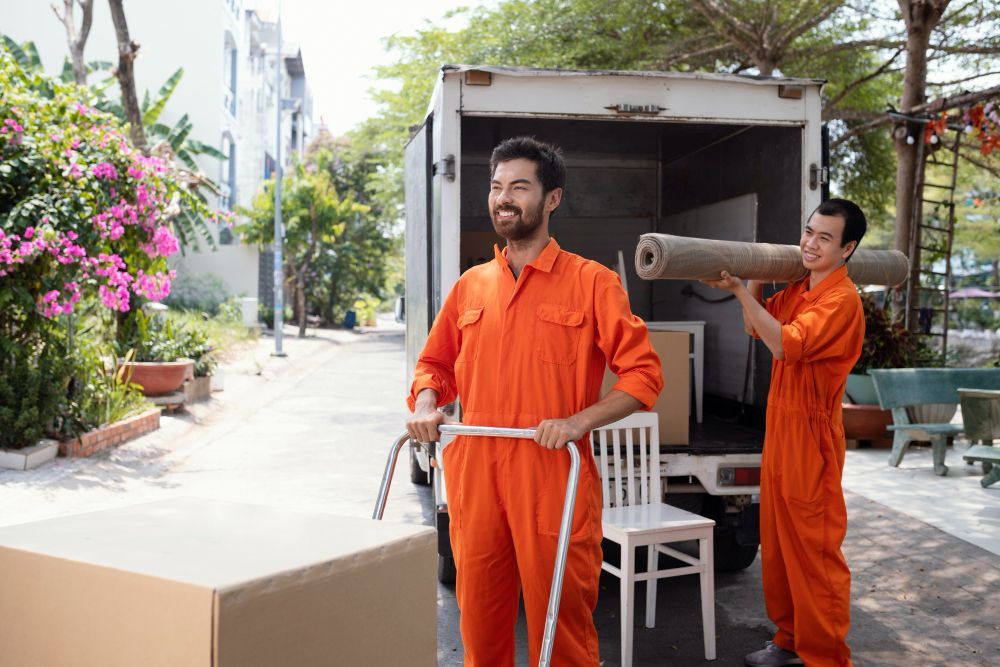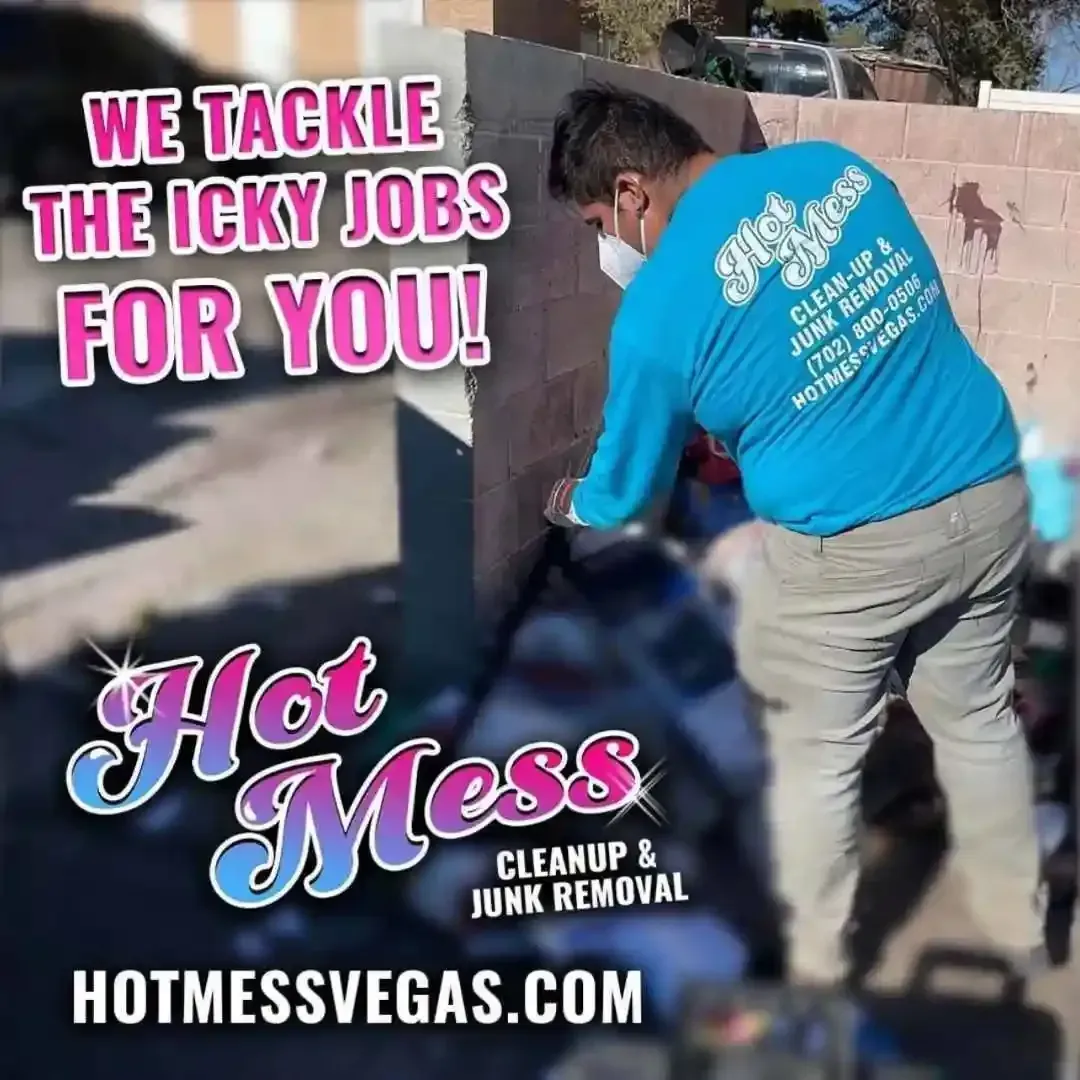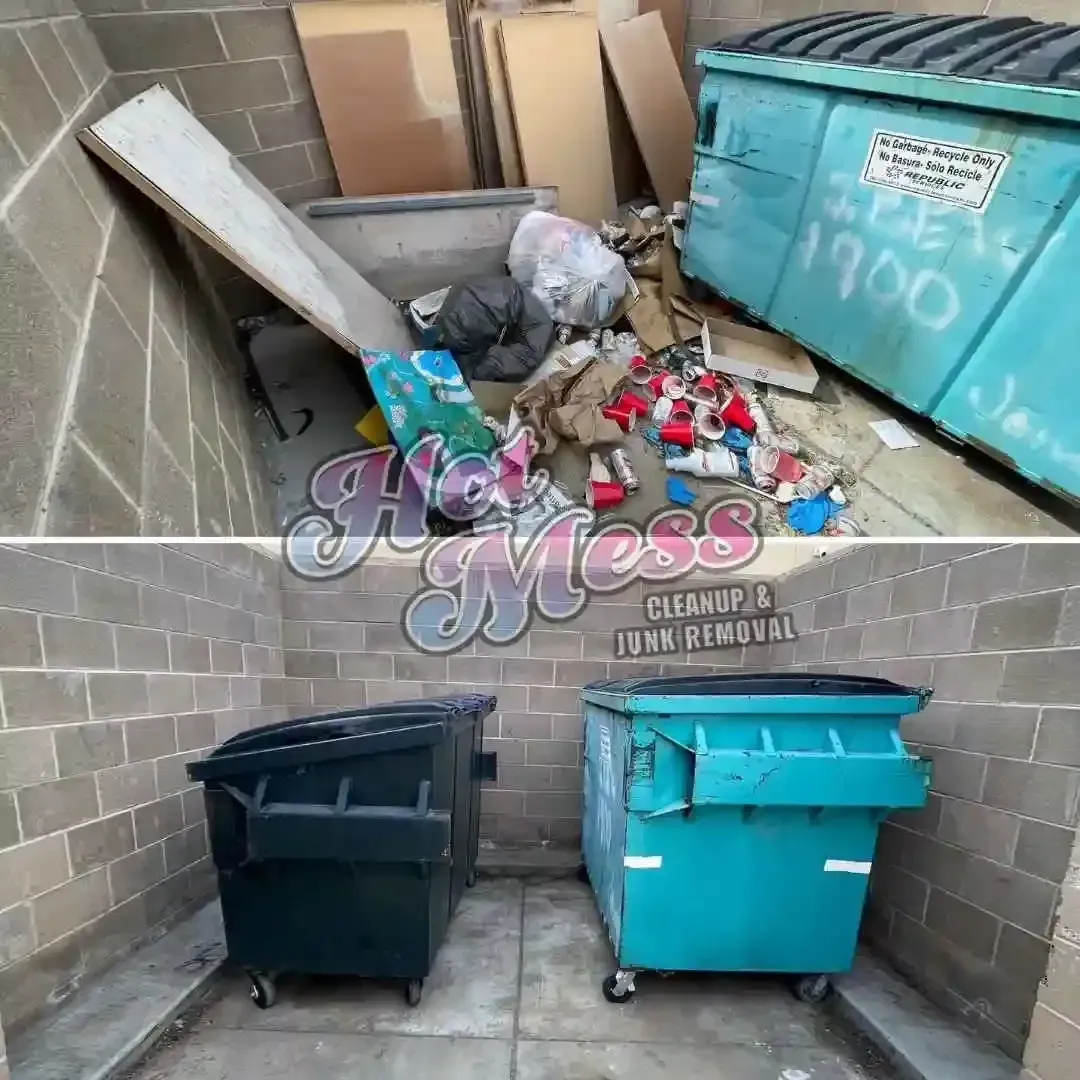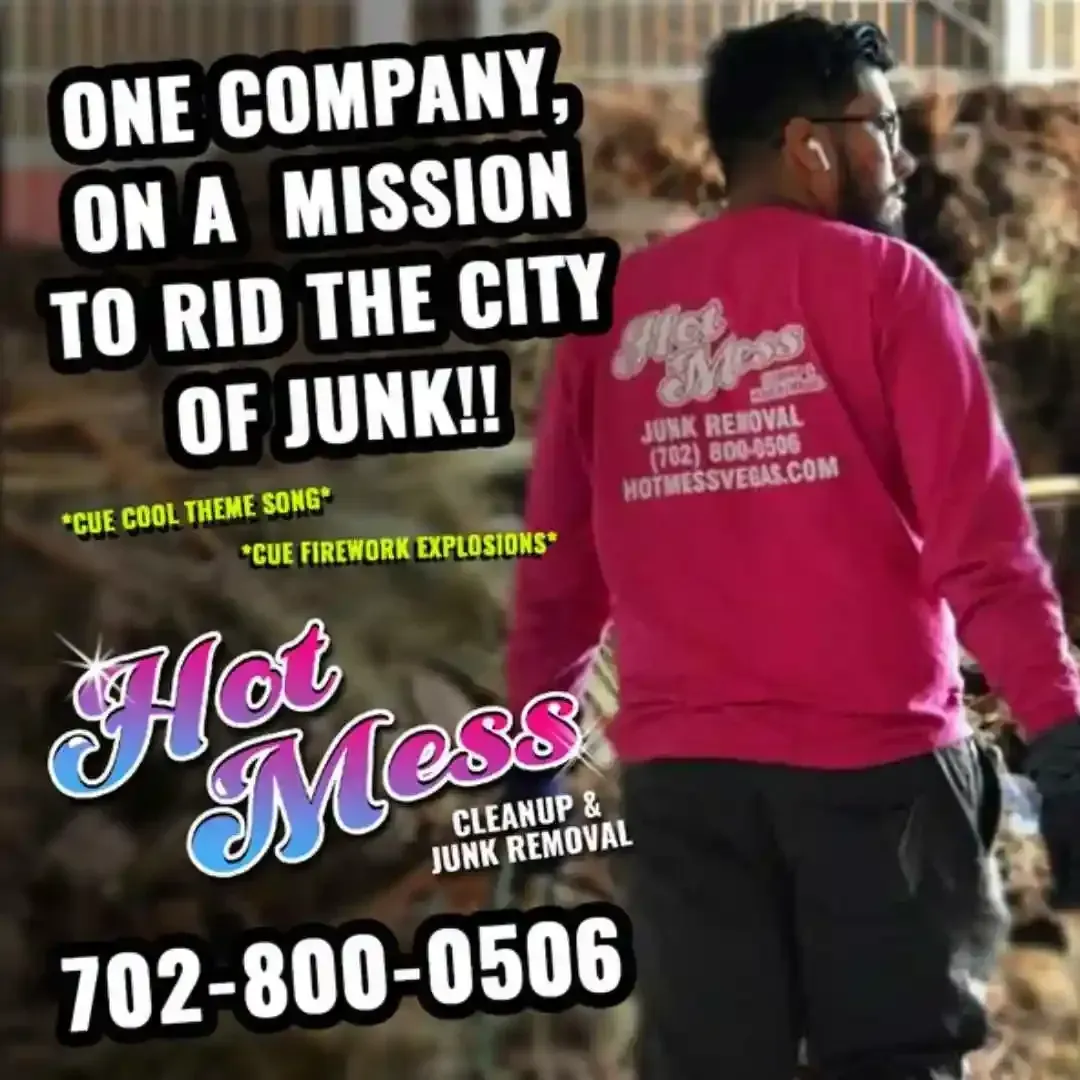What to Expect During a Hoarder Cleanout Service
Hoarding isn’t just about clutter—it’s a serious issue that can make a home unsafe, unsanitary, and difficult to live in. When belongings pile up beyond control, a professional hoarder cleanout service becomes essential. These experts don’t just haul away junk; they approach the situation with care, organization, and efficiency, ensuring the home is restored to a livable condition.
The process begins with an assessment, identifying hazards and determining a cleanup plan tailored to the situation. Items are then sorted, keeping what’s necessary while responsibly disposing of the rest. Junk removal follows, often requiring dumpsters or specialized disposal for biohazards. Once the space is cleared, a deep cleaning and sanitization phase removes odors, bacteria, and pests.
Understanding the Hoarding Cleanup Process
A hoarder cleanout is more than just discarding clutter—it’s a strategic and sensitive process designed to restore a safe, livable space. Each situation is unique, requiring a customized approach that balances efficiency with compassion. Professionals assess the severity of hoarding, develop a structured plan, and systematically sort, remove, and clean the area. Heavy lifting, biohazard disposal, and deep sanitization may be necessary, depending on the home’s condition. With the right expertise, a hoarder cleanout can transform chaotic spaces into functional, clutter-free environments while respecting the homeowner’s emotional needs.
The Initial Assessment
Before any hoarder cleanout begins, a detailed assessment is conducted to determine the scope of the cleanup. This step is crucial for understanding the severity of the hoarding situation, identifying potential hazards, and creating an efficient cleanup plan. During the assessment, professionals inspect the home for structural damage, pest infestations, mold, and biohazards such as decomposing food or animal waste. They also determine the volume of clutter, the types of materials present, and whether any valuable or sentimental items need to be preserved.
The cleanup team discusses the process with the homeowner (if they are involved), setting realistic expectations and addressing any concerns. This helps minimize anxiety while ensuring a respectful and compassionate approach to decluttering. Additionally, a timeline and strategy are developed to tackle the cleanout in phases, reducing overwhelm and maximizing efficiency. A well-planned initial assessment lays the foundation for a smooth and successful cleanout, ensuring that the process is handled with care, professionalism, and sensitivity to the hoarder’s emotional needs.
Creating a Custom Cleanup Plan
- Understanding the Homeowner’s Needs: Every hoarding situation is unique, so the cleanup plan must be tailored to the homeowner’s comfort level and goals. Professionals work to balance efficiency with empathy, ensuring that the cleanup process respects personal boundaries while achieving a clutter-free and livable space.
- Identifying High-Priority Areas: Certain spaces—like kitchens, bathrooms, and entryways—pose greater health and safety risks if cluttered. These areas are addressed first to restore basic functionality. Professionals determine which zones require immediate attention, focusing on clearing paths, eliminating hazards, and making essential spaces accessible again.
- Establishing an Item Categorization System: A structured sorting system is essential for reducing emotional distress during decluttering. Belongings are categorized into keep, donate, recycle, and dispose piles. This methodical approach allows the homeowner to make informed decisions without feeling overwhelmed by the process.
- Coordinating Junk Removal & Disposal Logistics: Hoarder cleanouts often involve large-scale waste removal, requiring dumpsters, trucks, and proper disposal methods. The cleanup team arranges for efficient removal of items while ensuring hazardous materials, biohazards, and recyclables are handled according to local regulations.
- Integrating Emotional Support & Sensitivity: Hoarding is deeply connected to emotional and psychological challenges, making compassion a critical part of the cleanup plan. Professionals create a judgment-free approach, offering reassurance, patience, and encouragement to reduce anxiety and help the homeowner feel in control of the process.
- Developing a Post-Cleanup Maintenance Strategy: To prevent relapse into hoarding behaviors, professionals provide organizational tools, storage solutions, and ongoing support resources. Establishing a structured plan for maintaining a clutter-free space ensures that the home remains safe, functional, and free from future excessive accumulation.
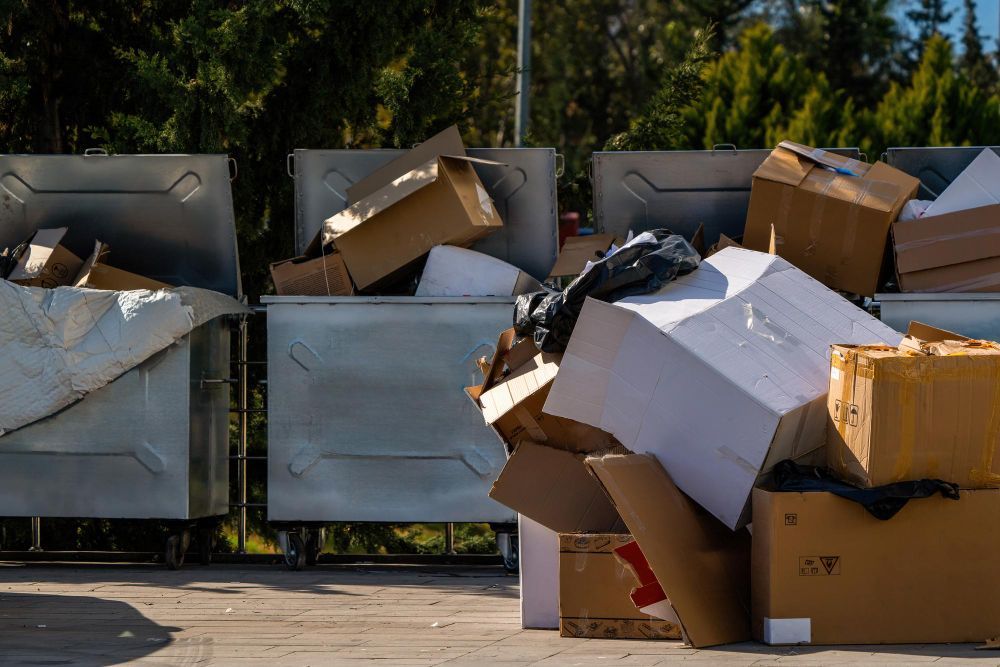
Sorting and Categorizing
Sorting through accumulated belongings is one of the most delicate yet crucial steps in a hoarder cleanout. Many hoarders form emotional attachments to items, making it difficult to part with things that may seem insignificant to others. A structured categorization system helps ease this process by dividing items into keep, donate, recycle, and dispose groups. This method allows the homeowner to feel a sense of control while ensuring the space is efficiently decluttered. Essential and sentimental items are set aside, while unnecessary clutter is gradually removed to make room for a more organized living environment.
Professional teams handle sorting with patience and respect, understanding that even broken or expired items can hold deep meaning for the homeowner. They guide decision-making without forcing choices, ensuring a compassionate and non-judgmental approach. The ultimate goal is to eliminate excess while preserving what truly matters, creating a functional, livable space that promotes long-term cleanliness and organization.
Removal of Unwanted Items
Once items have been categorized, the physical removal of unwanted belongings begins. This can be an overwhelming phase, as hoarders often experience distress seeing their possessions leave. However, this step is essential to restoring a safe and healthy environment. Professional cleanout teams use dumpsters, trucks, and specialized equipment to haul away large amounts of clutter efficiently. Items such as old furniture, expired food, stacks of paper, broken electronics, and rotting materials are removed first, making room for deeper cleaning.
In severe cases, homes may contain biohazardous waste, such as animal feces, moldy items, or decomposing food. These require proper disposal methods to prevent contamination. The team ensures that all waste is handled safely and in compliance with local disposal regulations. While removal is physically demanding, it’s also a major turning point in the cleanup. As unwanted items disappear, the home begins to feel lighter and more livable, bringing a sense of relief and renewed hope to those affected by hoarding.
Deep Cleaning & Sanitization
Once the clutter is cleared, the next essential phase is deep cleaning and sanitization. Hoarded homes often harbor dust, mold, bacteria, and pests, making thorough disinfection crucial for restoring a healthy living environment. Cleaning teams focus on high-risk areas like kitchens, bathrooms, and sleeping spaces, where contamination is most likely. Scrubbing, vacuuming, deodorizing, and pest control treatments are performed to eliminate lingering hazards and odors.
Beyond basic cleaning, special attention is given to biohazardous materials that may have been hidden beneath the clutter. Rotten food, animal waste, and mold growth require professional-grade cleaning agents and protective gear to ensure the home is safe for continued occupancy. Once sanitized, the space begins to feel fresh and livable again, providing a sense of relief and renewal to the homeowner. This step is key to preventing health issues and making the home a welcoming, comfortable place once more.
Organizing and Restoring the Space
After decluttering and deep cleaning, the next step is reorganizing and restoring functionality to the home. This phase focuses on creating an efficient and sustainable living space by implementing storage solutions, furniture rearrangement, and clutter-free zones. Professionals work with the homeowner to establish a layout that maximizes accessibility and usability, ensuring that everything has a designated place. This minimizes the risk of returning to hoarding habits while making daily life more manageable.
Restoration also includes minor repairs and adjustments to damaged areas affected by excessive clutter. Walls, floors, and appliances may require touch-ups to return the home to a livable condition. Additionally, cleanup teams educate homeowners on organizational techniques to help them maintain a clutter-free environment moving forward. The transformation not only improves physical surroundings but also boosts mental well-being, allowing the homeowner to regain confidence and control over their space.
Challenges and Emotional Aspects of Hoarder Cleanup
Hoarding cleanup goes far beyond physical decluttering—it is a deeply emotional process that requires understanding and patience. Many hoarders experience fear, anxiety, and guilt when parting with items, even those that are no longer functional. Memories, trauma, and attachment to objects make the process mentally exhausting. Some individuals may resist change or feel overwhelmed by the magnitude of the cleanup, making it essential for professionals to approach the process with compassion and reassurance.
Family members may also face frustration, feeling torn between helping their loved one and respecting their autonomy. The presence of a professional cleanup team provides a neutral and structured approach, reducing tension and making it easier to navigate the emotional difficulties. Hoarder cleanouts require a balance of gentle encouragement and firm guidance, ensuring that the process moves forward while supporting the individual through the mental and emotional struggles involved.
When Should You Call a Hoarder Cleanout Service?
Knowing when to call a hoarder cleanout service is crucial for ensuring safety and restoring a livable home environment. If clutter has taken over essential areas like kitchens, bathrooms, and hallways, making daily activities difficult or impossible, it’s time for professional intervention.
Serious warning signs include pest infestations, mold growth, fire hazards, or blocked exits, which can put the individual and their household at risk. If hoarding has led to health concerns, social isolation, or legal issues, seeking expert help is essential. Professional cleanup teams handle the process efficiently and compassionately, ensuring a structured, judgment-free experience. If hoarding is overwhelming or dangerous, don’t wait—call a cleanup service to restore safety and functionality to the home.
Conclusion
A hoarder cleanout is more than just a junk removal job—it’s a transformative process that can restore a home to a safe, livable state. While the journey may feel overwhelming, having the right team can make all the difference.
For those facing a hoarding situation, whether personally or throug
h a loved one, know that help is available. Professional hoarder cleanout services provide a structured, compassionate, and effective solution to reclaim your space and improve overall well-being. For professional hoarder cleanout services in Las Vegas, Nevada, contact Hot Mess Cleanup & Junk Removal at 702-800-0506 or email info@hotmessvegas.com.
